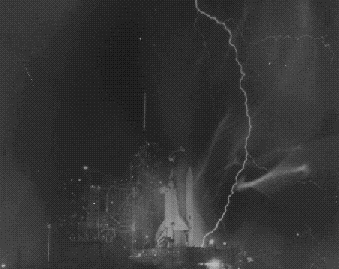This is actually an intriguing question.
A quick search on the internet via Google shows that diy'ers, homesteaders, and fireplace forums have covered this very question for a few years. There are several stories from homeowners who have taken lightning strikes to metal chimneys and chimneys with metal flue liners and cases where damage ensued.
The NFPA went out of their way to include a special section just for antenna masts, and here is another potentially large metal object sticking up over the roof line. In my case, the chimney/flue is for my propane stove with a bonded gas line and electric blower with an EGC.
Why no section or even a simple paragraph/sentence which allows for this situation?
p.s., I grounded my chimney because I caught it smoking :slaphead:
...


